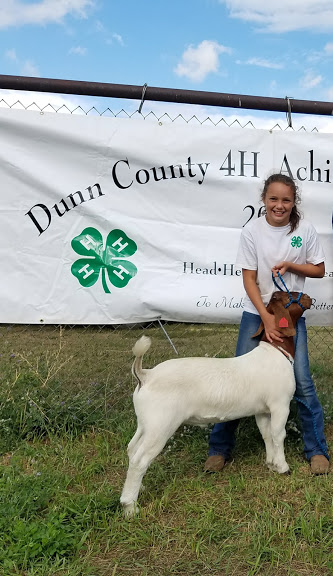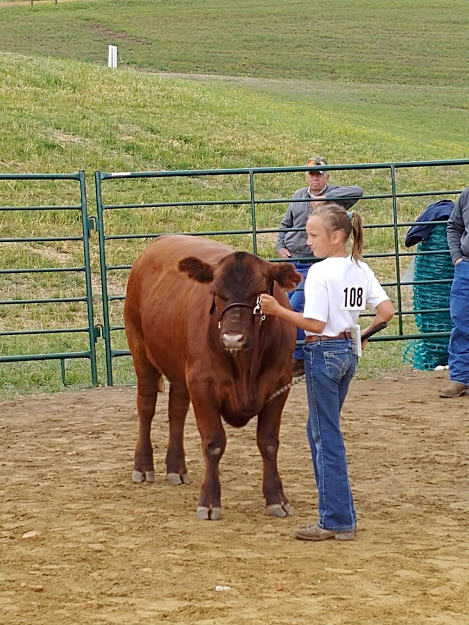by Jolyn Wasem
This time of year, you can bet there will be posts on Facebook about someone saying goodbye to a market animal after the fair. The comments to follow are typically full of both supporters and haters. I would like to explain our experience with market animals and the importance of them.
For the past few years my daughters have shown market goats and this year my youngest had a market steer at our local 4-H Achievement Days. If you aren’t sure what a market animal is, let me explain. A market animal is a castrated male that is fed to market weight with the purpose of going to slaughter. Some comments I have read on social media include things like, “How could you raise an animal and then kill it?” or “Why would you make your child go through this hurt?” These are both great questions, and I will give you my best answer based on our experience.
Let me begin by saying it is difficult to say goodbye to these animals. We spend a lot of time with them, and they become almost like pets. The difference to keep in mind is that these are market animals, not pets. The purpose of a market animal is a very important one and much different than a pet. A pet’s purpose is to provide companionship; a market animal is to provide food. We have to remind ourselves of this frequently. I explain to my kids that their 4-H projects will provide a lot of people with a great protein source.

Some of us spend our entire life wondering what our purpose is, but my kids are helping an animal serve its intended life purpose. I believe this is an amazing thing. My daughters took the Youth for the Quality Care of Animals training for 4-H this year. This program helped them understand proper care for each animal, the importance of food safety as well as character development. It is important for them to understand their role in food production, and how to tell their story of raising a market animal to other youth so they too can understand its importance.

I am pretty proud of my kids. This year their 4-H animals will produce approximately 500 lbs. of beef and 30 lbs. of chevon (goat meat). A serving of beef is 4 oz., so that would mean our steer could provide 50% of the daily protein requirements and 10 essential vitamins and nutrients to over 2,000 people.
Beef is a powerhouse when it comes to nutrition, and as school approaches this fall, it is a great staple to have around. Check out www.beefitswhatsfordinner for more nutritional information as well as great recipe ideas. You can also ask Alexa for “Chuck Knows Beef.”
